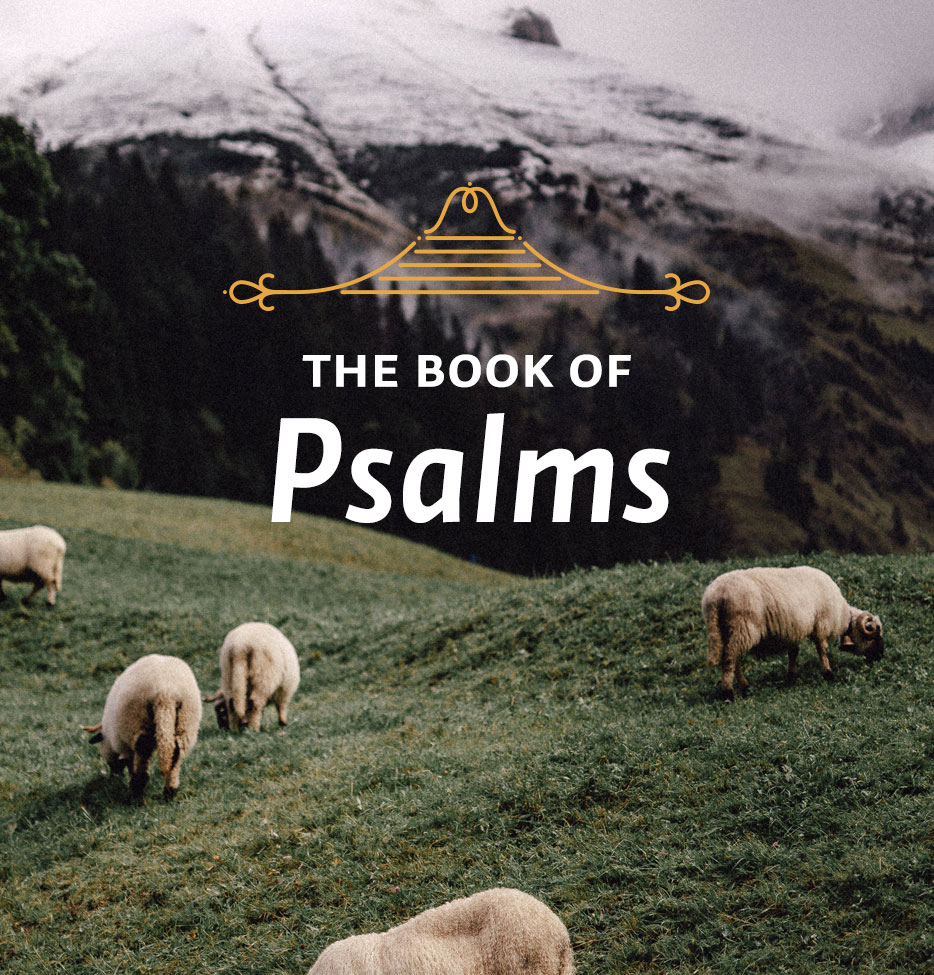Theme: Revelation and Sacrifice
From this week’s Christmas study, we look carefully at the incarnation of the Lord Jesus Christ, and how it fulfills the Old Testament tabernacle.
Scripture: John 1:14
Here is the fourth parallel. The tabernacle was the place where God revealed himself to Moses and the priests. They had a special name for it. They called it the Tent of Meeting, and the reason they called it this was because that is where God met with Moses. Moses received many revelations from God at the tabernacle. The way it happened was that the voice of God would tell him to go there, and then God would speak to him from out of the cloud. Here is the great God of the universe, actually communicating to Moses from the cloud. And yet it was incomplete. Even though God was meeting with Moses from this cloud, Moses still had a desire to see God, to experience his presence in a more direct way.
You recall that episode in Exodus 33. Things had not been going well in the camp. There was the tragic incident of the sin of the golden calf in the previous chapter, which resulted in the LORD striking them with a plague. At the beginning of chapter 33, the LORD told Moses that they were to go and take possession of the land, but that God would send an angel before them rather than to go himself. The LORD told Moses to tell the Israelites, “You are a stiff-necked people. If I were to go with you even for a moment, I might destroy you” (v. 5). In response to this, the people were greatly distressed and mourned.
Moses intercedes before the LORD, saying that if God does not go before them, how will anyone know that he is pleased with his people and with Moses. Moses asks God, “What else will distinguish me and your people from all the other people on the face of the earth” (v. 16)? The LORD hears Moses’ request and tells him that he will go before the Israelites. Moses then asks of the LORD, “Now show me your glory” (v. 18). In response, God says that all his goodness will pass before Moses, but Moses cannot see the face of God directly (vv. 19-20).
Now, none of us has seen God, as John says at the end of his prelude, in verse 18. God cannot be seen, just as the LORD told Moses. But then John goes on to say in the second part of verse 18, “…but God the only Son, who is at the Father’s side, has made him known.” It is in Jesus Christ that God speaks to us. Hence the significance of that word logos.
Here is the fifth parallel about the tabernacle and Jesus. It is the place where the sacrifices were made. The people confessed their sin to the priest, and the priest then confessed their sin on the head of the animal, transferring it in a symbolic way. The animal was then killed, the innocent victim dying for the guilty as the substitute. Such sacrifices happened all the time at the altar in the courtyard. But then once a year, on the Day of Atonement, the great sacrifice took place. The high priest took an animal and killed it in the same way, confessing the sins of the people over it. However, on this annual occasion, he took the blood of that sacrifice into the Most Holy Place and sprinkled it upon the mercy seat of the Ark of the Covenant.
The Ark contained among other things the law of God. The mercy seat was the lid of the Ark, which had two cherubim with wings that arched over and met each other in the middle. God was understood to dwell between the wings of the cherubim above the law. That is a picture of judgment, because God looks down upon the law, which we have broken, and the judge of all the universe must do right. He must condemn us for our sin. However, when the high priest came in with the blood and sprinkled it on the mercy seat, the innocent victim came between the presence of the holy God and the broken law. In response, God acted in mercy, which is why the cover was called the mercy seat.
Jesus Christ is our sacrifice. He died in our place in order that we might have access to God. Do you remember what specific thing happened when he died that ties in with the tabernacle? By then they no longer had the wilderness tabernacle, but had reconstructed Solomon’s temple. But just like the tabernacle, the Holy Place and the Most Holy Place were separated by a veil. When Jesus died, we read that the veil was torn in two from top to bottom. It was God’s way of saying that the sacrifice of Christ is the one that fulfills all of the other sacrifices. They were looking forward to the great sacrifice that should come. The veil was torn to show that the way into the presence of God is now only through Jesus.
Study Questions:
In the fourth parallel, how did God communicate with Moses, and then through Moses to the people?
From the fifth parallel, how were sacrifices made in the Old Testament?
What took place on the Day of Atonement that was unique from the other sacrifices made during the year? Explain the meaning of the Ark of the Covenant for the forgiveness of Israel’s sins.
When Jesus was crucified, what is the significance of the veil being torn in two?
Reflection: Describe at least one recent example where God spoke to you through his Word. What did you learn from it?






